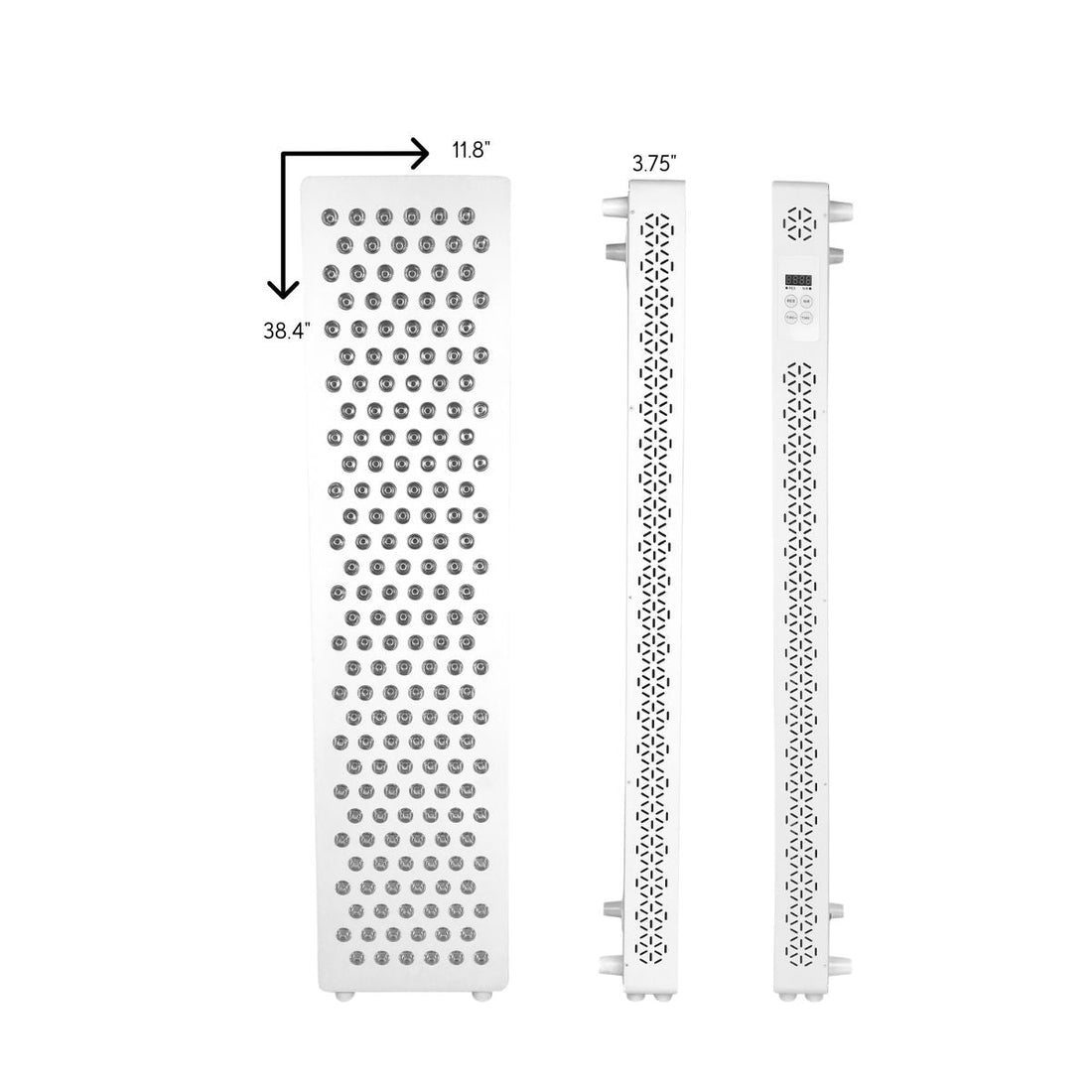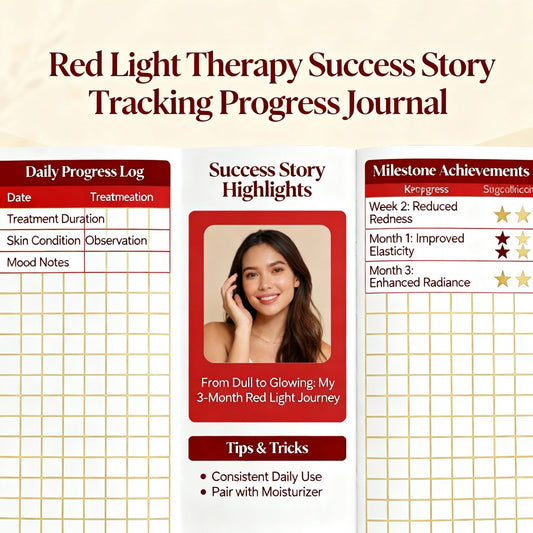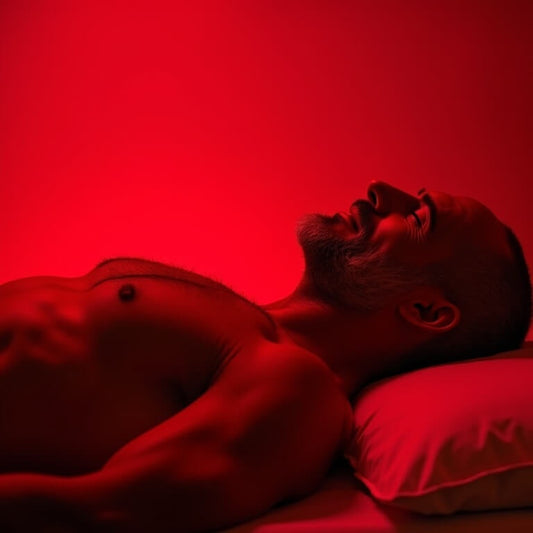
Brain Fog? Try Red Light Therapy!!
Can Red Light Therapy Help Support Mental Clarity?
Many people experience periods of mental fog—feeling unfocused, forgetful, or simply not as sharp as usual. While a variety of lifestyle factors can contribute to these moments, interest is growing around how wellness practices like red light therapy (RLT), also known as photobiomodulation, may support mental clarity and overall well-being.
Understanding Mental Fog
Mental fog isn’t a medical diagnosis, but rather a common way people describe experiences like forgetfulness, low energy, or trouble focusing. Factors such as poor sleep, high stress, or lifestyle habits may contribute to this temporary state.
What Is Red Light Therapy?
Red light therapy involves exposing the body to specific wavelengths of red and near-infrared light. These wavelengths are absorbed by cells and have been studied for their potential to support cellular energy production and general wellness.
One key mechanism discussed in scientific literature is the stimulation of mitochondria—the energy-producing structures in cells. This process may support the body’s natural ability to maintain cellular health and energy levels, both of which are important for overall mental and physical performance.
What Does the Research Say?
While red light therapy is not approved to treat or cure any cognitive or neurological condition, some early research has explored how light exposure may support brain-related wellness factors. For example:
-
Blood Flow: Some studies have examined how light exposure may influence circulation, which is vital for delivering oxygen and nutrients to the body.
-
Energy Support: Improved mitochondrial function is associated with better energy availability at the cellular level.
-
Stress Response: Red and near-infrared light have been investigated for their potential role in supporting a healthy response to oxidative stress and inflammation.
Note: These findings are based on preliminary research and do not refer specifically to Red Nova Lights products. Individual results may vary.
Using Red Light Therapy in Your Routine
Red Nova Lights offers user-friendly, portable red light devices designed for at-home wellness use. These panels allow you to easily incorporate light sessions into your daily routine—whether as part of your morning ritual or evening wind-down.
Some users choose to apply red light near the face or neck area as part of a general wellness approach. While individual experiences vary, many enjoy the calming, restorative feel of their sessions.
Final Thoughts
While red light therapy is not a treatment for brain fog or any medical condition, it may be a valuable addition to a healthy lifestyle focused on self-care, energy support, and overall wellness. As research continues, light-based wellness tools like Red Nova Lights can provide a convenient and accessible way to support your daily routine.
Disclaimer: Red Nova Lights products are intended for general wellness only and are not intended to diagnose, treat, cure, or prevent any disease. Consult with a qualified healthcare provider before starting any new wellness practice, especially if you have underlying health conditions.



